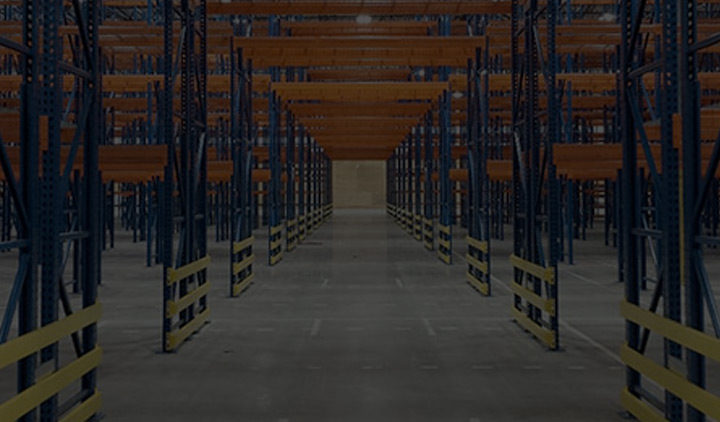Each year, towards the end of September, a top OSHA official travels to the National Safety Council’s Congress and Expo to present it’s preliminary data on the top ten safety citations for the previous fiscal year. Among safety professionals this seems to be a much anticipated reveal, yet for the construction industry this list goes largely unchanged from year to year.
Here is what the preliminary data (as published in Safety and Health Magazine) reveals for the 2016-2017 fiscal year.
Citations under general fall protection requirements, scaffolds used in construction, and ladders used in construction all relate to hazards of working at heights on construction sites, and all three of these have appeared in OSHA’s top 10 list for at least the last 10 years. More troubling still is the fact that this year it appears that there is now a fourth fall-related category added to the list for failure to provide fall protection training to construction workers.
A trending headline in the news these days is #WorkersNeeded, with many writers discussing the situation and presenting their opinions on why there is such a shortage of skilled workers in the construction industry. Opinions run the gamut from blaming the shortage in the U.S. on current immigration policies to blaming it on the stigma associated with working in the trades instead of earning a college degree. While there are many different opinions on why there is a shortage, there is no disagreement on the fact that there is a shortage.
Perhaps this list from OSHA provides some clues. This list illustrates the fact that our industry is continuing to allow our workers to work under hazardous conditions, in spite of the fact that we now have more solutions at our disposal to protect workers from falls than we have ever had available in the past. And the statistics on fatal falls show all to well the tragic results of this complacency, with 364 out of 937 total deaths in construction in 2015 related to falls. Going back through the years, the statistics on fatal falls show that these numbers this year are not anomalies, they are an on-going trend.
Given this on-going trend, it is troubling to see failure to provide fall protection training make its way on to the top 10 citation list. Construction sites are hazardous, and they are unique because a construction site brings together many different trades, each of whom often works for a different employer, yet works side by side with those other employee’s workers, in an environment that can change day to day. This makes training a unique challenge in our industry. A construction worker not only needs to understand the hazards of their trade, but they also need to understand the hazards of a construction site in general.
Hazards like falls from heights remain a challenge in the industry, and training workers continues to pose a challenge to employers. These are challenges that our industry must learn to address and overcome in order to reduce the statistics that shine a negative light on the construction industry, and eliminating that negative light is certainly one of the keys to attracting more workers.
Author: Jim Rogers is a construction industry expert with decades of experience in both industry management.
Link to Original Article: Click Here



